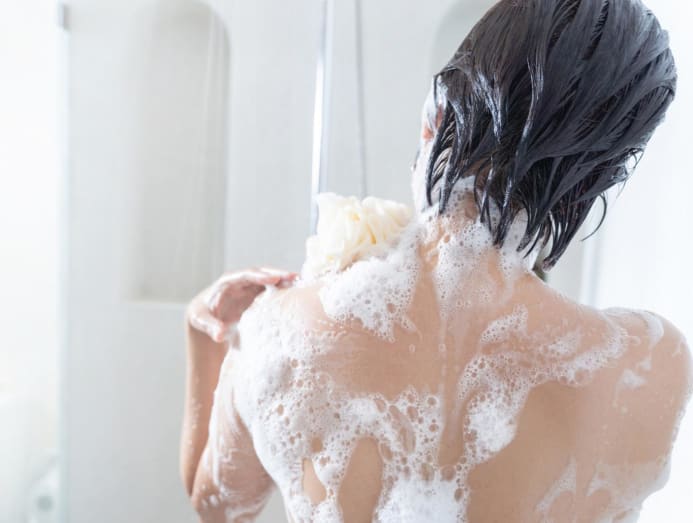How Often to Change Sheets for Acne: A Guide
As a beautician, understanding the subtle but significant relationship between bedding hygiene and skin health can drastically enhance your client care services. One of the most common dermatological concerns is acne, and it's imperative to note how often to change sheets for acne to help alleviate this ubiquitous issue.
To dive deep into this topic, consider how sheets can harbor dead skin cells, oil, and bacteria, which may exacerbate skin conditions. Let's explore the critical reasoning behind frequent sheet changes and the impact it has on acne prevention.
/assets/production/practices/c96a49dc6477bdcf653595264d5ac6dabb440f04/images/2492047.jpg)
The Connection Between Sheets and Acne
Bedding, especially bed sheets, plays a significant role in skincare. As individuals sleep, their skin naturally sheds cells and oil. These elements accumulate on the sheets, subsequently creating a breeding ground for bacteria. When clients sleep on dirty sheets, they essentially expose their skin to these potent irritants, increasing the likelihood of breakouts.
For more insight into how your environment can affect skin health, check out this article here.
Guidelines on Changing Sheets for Acne Prevention
Frequency of Changing Sheets
The golden rule for maintaining skin health through bedding hygiene is to change sheets at least once a week. However, for clients with acne-prone skin, recommending a bi-weekly change can be immensely beneficial. This frequent change reduces the buildup of acne-causing agents and provides a clean surface for sleeping every night.
Washing Best Practices
In addition to frequent changes, advise your clients to wash sheets with gentle, hypoallergenic detergents that do not contain strong fragrances or harsh chemicals. This approach minimizes potential irritants that could worsen acne conditions.
For enhancing skin health through proper sheet hygiene, it's worth exploring comprehensive practices and the latest studies, as detailed in this comprehensive study.
Additional Tips for Maintaining Skin Health
While focusing on improving bedding hygiene, consider exploring additional holistic approaches to manage acne effectively. For starters, understanding various causes of acne can help in recommending suitable practices and products. Read more about this in our dedicated section on acne causes.
Incorporating Pillow Cases
Don't overlook the importance of pillow cases, as they also come in direct contact with the face. Changing pillow cases more frequently, ideally every couple of days, can have a substantial impact on reducing facial acne.
Additional Skincare Advice
Beyond bedding, ensure clients are aware of other factors such as dietary choices, skincare routines, and appropriate product use. For example, frequently washing makeup brushes and choosing non-comedogenic skin products may also prevent clogged pores, a major contributor to acne formation.
Learn More
Further your understanding of acne prevention by visiting this resourceful article. Here, additional measures to complement skincare routines are explored.

FAQ Section
Why are clean sheets essential for acne-prone skin?
Clean sheets help minimize the exposure to accumulated dirt, oil, and bacteria, which can help prevent acne flare-ups.
How does bacteria on sheets contribute to acne?
Bacteria can clog pores when in contact with skin, leading to inflammation and breakouts, hence why frequent sheet changes are necessary.
What type of fabric is best for sheets to reduce acne?
Natural fabrics like cotton allow the skin to breathe, reducing the likelihood of moisture build-up that leads to bacterial growth.
This article contains affiliate links. We may earn a commission at no extra cost to you.

